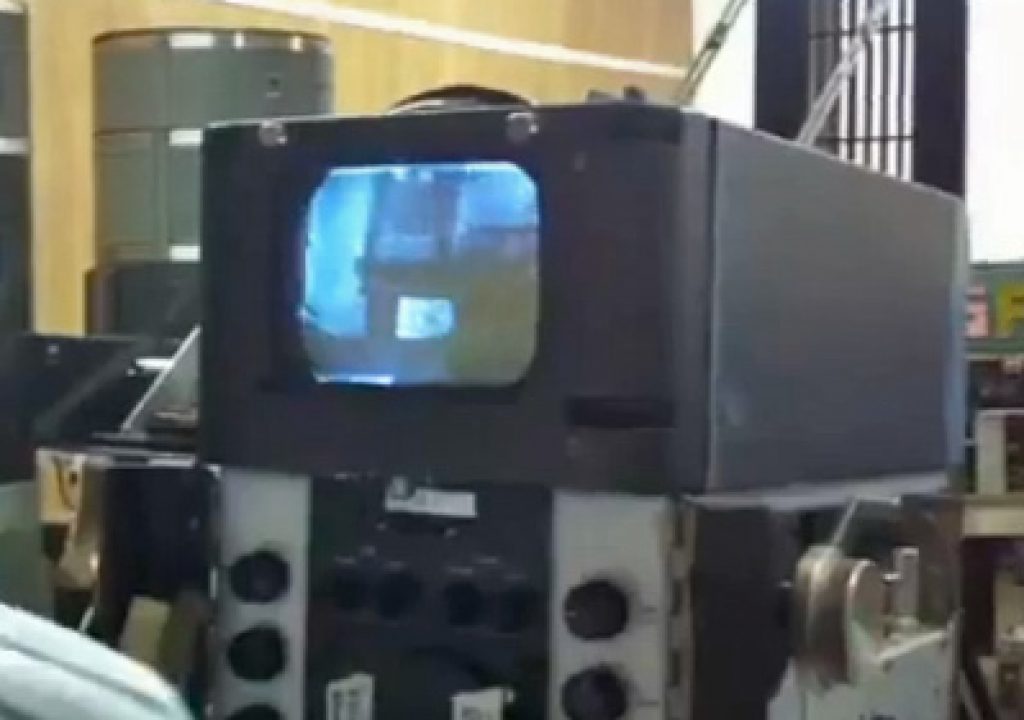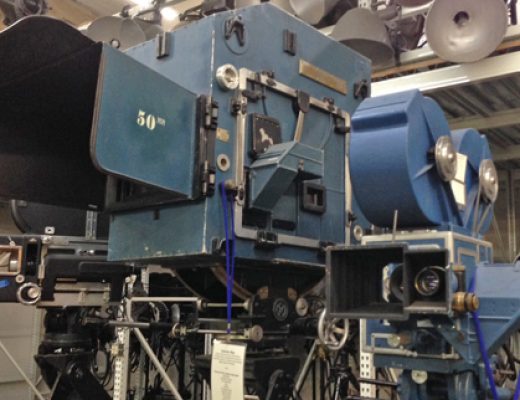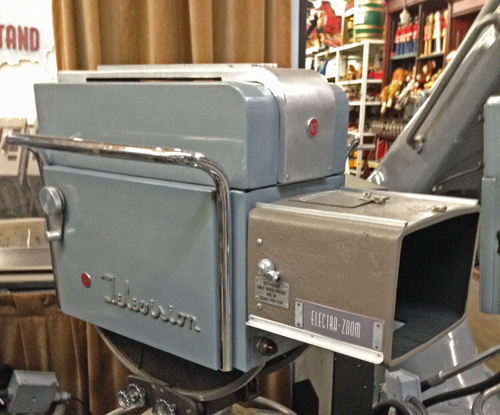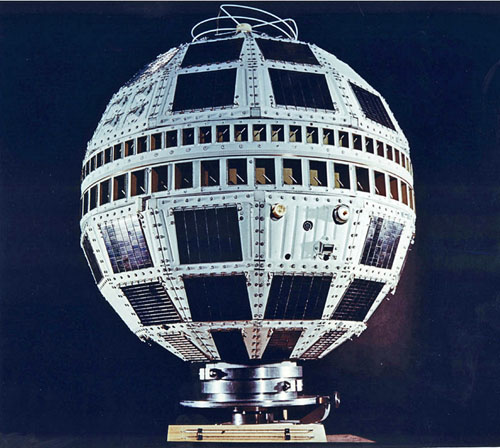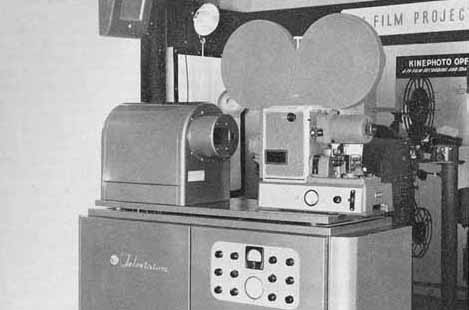In 1953, color television became a reality in the US. At the time, the cameras weighed over 300 pounds and were referred to as “coffins” because they were so huge.
Today, the average smart phone takes better pictures and you can hold it in the palm of your hand. You’d think with that kind of progress, those cameras and all the ancillary equipment of the era would be in a landfill. You’d be wrong.
There are collectors for everything. Vintage television equipment is no exception. Across the U.S. and in a few other parts of the world, one can find substantial quantities of early television equipment once considered state of the art. Some of it is even in operating condition, lovingly restored by its owner.
Television equipment collectors seem limited only by their available square footage. Chuck Pharis probably has the biggest collection of just about anyone. He was senior video engineer for the ABC television network in Hollywood before becoming a freelance video control engineer. Chuck began collecting early in his career and, over more than forty years, has amassed over 150 cameras as well as much of the support equipment to make them operational. There is enough additional equipment in his collection to outfit one or more television stations
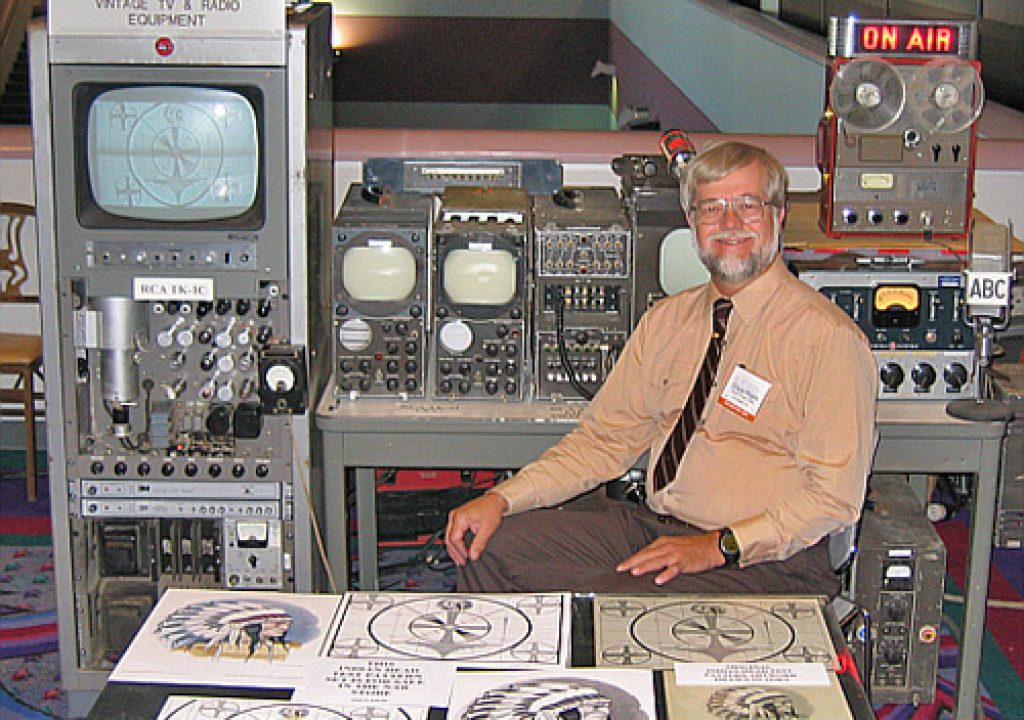
Chuck’s engineering knowledge has allowed him to restore much of his equipment to operating condition. On his website, he pleas for such things as rack equipment for an original Ampex video tape machine he recently acquired or for lenses to a rare DuMont Electronicam camera. Aside from the sheer personal satisfaction he derives, Chuck also shares his accomplishments.
He’s been invited to exhibit examples of his working equipment at the National Association of Broadcasters convention. During Disneyland’s 50th Anniversary celebration, he recreated the television coverage of the park’s famous live grand opening show in July of 1955. Of course, he used the same models of vintage cameras as ABC-TV used on the show. His website is the winner of the Cyber Apple Award for media education by SchoolTV.com as having contributed to television’s history by maintaining a link to its past.
While Chuck Pharis gets pleasure using his abilities to reproduce authentic vintage video with his equipment, Bobby Ellerbee’s cameras can no longer make pictures. Bobby concentrates on the aesthetics and history of television cameras.
Cameras are unique in the world of electronics. Television support equipment all looks alike to the world outside of television professionals like Chuck Pharis. How many people would recognize the support electronics for an RCA TK41 color camera? But virtually everyone who sees a TK41 can identify it as a television camera.
As a result, cameras, with their lenses, pedestals and dollies represent the sizzle of television. After all, the camera head is where the magic happens – the conversion of light into electrical signals. So as cameras became obsolete, the support electronics went to the scrap heap but the sexy part lived on to be put on display everywhere from the office of the president of NBC to a car dealership in Minneapolis.
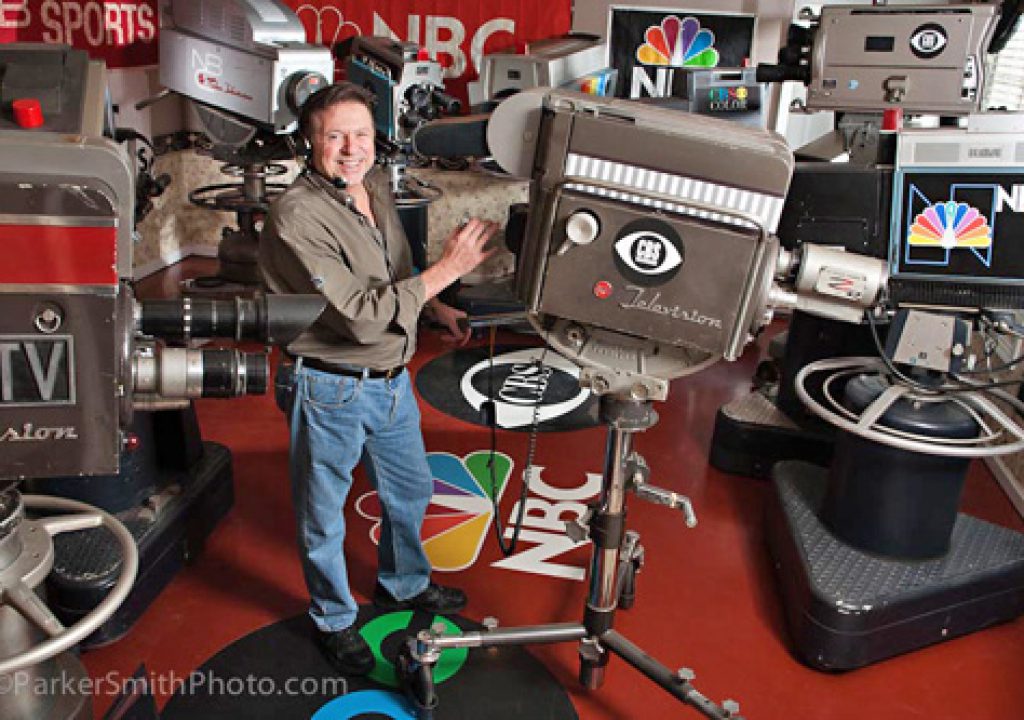
And this is why Bobby Ellerbee collects vintage cameras. They represent the history of an era. They literally captured history as it happened. If you saw an event but weren’t physically there, you were watching through the eye of a television camera.
His website, “The Eyes of a Generation” says it all. Aside from an admiration for the functional design inherent in cameras, they also represent how an entire generation was able, through these boxes filled with tubes and wires, to see beyond their hometowns and across the world for the first time. Bobby’s website is filled with pictures not only of his collection but also historical pictures of television cameras in action from the beginning.
Most larger museums don’t pay much attention to broadcast gear. And private collectors like Chuck Pharis and Bobby Ellerbee cannot accommodate people knocking on their door to buy a ticket. Luckily, there are some specialty museums that do both. In August, 2011, TV Technology magazine published an article on these museums, “Keeping Early Television’s Legacy Alive.”
Of the museum’s mentioned in the article, the location with the largest amount of operational equipment is the Museum of Broadcast Technology in Woonsocket, Rhode Island. In fact it is their stated mission to completely reconstruct “a functioning local TV and radio studio as it was at the start of a grand era.” To do this they will have to restore many rare and difficult to maintain examples of broadcast hardware.
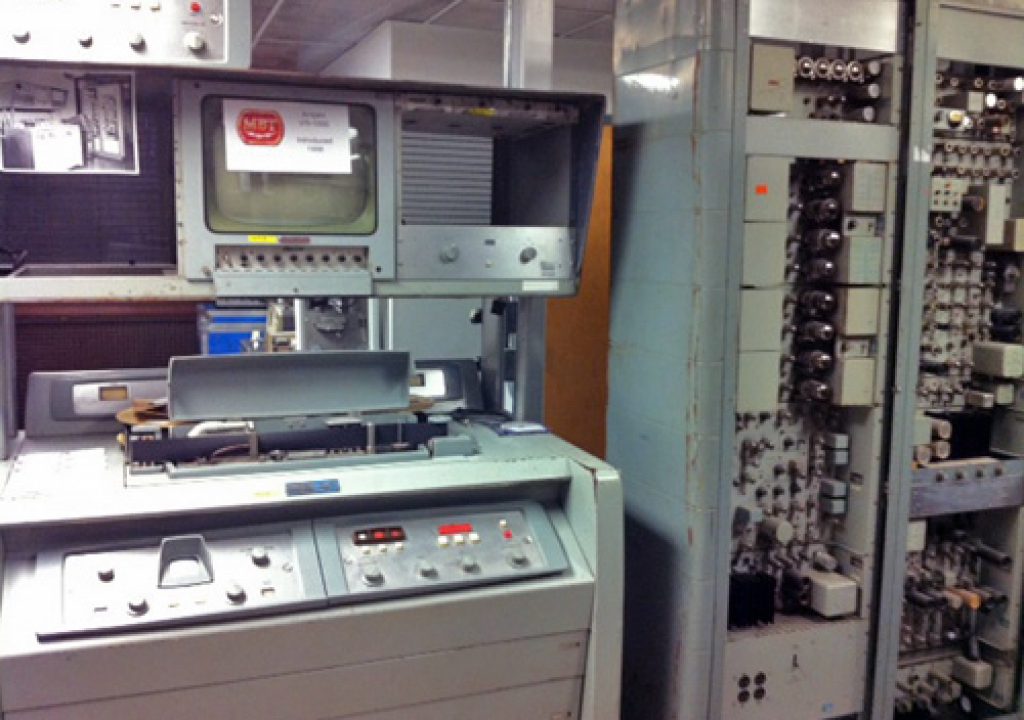
Helping to establish the museum are Paul Beck, Tom Sprague, Henry Berman and Jay Ballard, all working television engineers. When not at their day jobs, they are working to repair or resurrect some of the museum’s precious donations. The museum probably has the largest collection of working videotape machines, including an Ampex VR-1000HB, one of the earliest video tape machines ever put into broadcast use. Fittingly, both Chuck Pharis and Bobby Ellerbee are advisors to the Museum.
While the MBT is centered on broadcast gear, other galleries go beyond equipment used for origination. The Early Television Foundation and Museum in Hilliard, Ohio, has a unique collection of broadcast equipment including a 1948 remote truck (with the original equipment) and an RCA television transmitter. But their larger focus is an extensive array of vintage television receivers including some very unique acquisitions such as a working 60-line mechanical scanner from the 1920’s. Visitors are able to see themselves as they would have looked on television in its beginning phase.
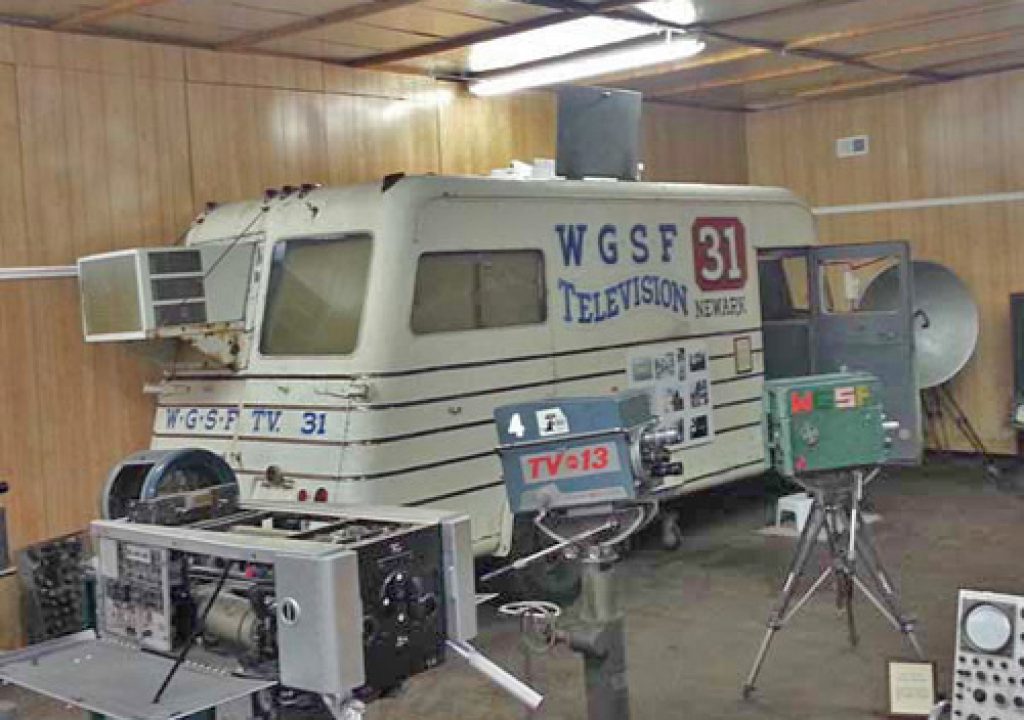
Likewise, The Museum of Radio and Technology in Huntington, West Virginia, goes beyond broadcasting (note their name). It features rows and rows of antique radio and television receivers in addition to a 1939 RCA camera, several VTR’s and a film chain. But they also have on display early phonographs, computer terminals, crystal sets, science toys and cultural icons of days gone by.
Staying connected with our past is built into the human condition. Someday, we’ll look back on our smart phone as an antiquated device. Who knows what might replace it. But hopefully, there will be collectors out there who will have the foresight to save a few of them and keep them working.

Filmtools
Filmmakers go-to destination for pre-production, production & post production equipment!
Shop Now